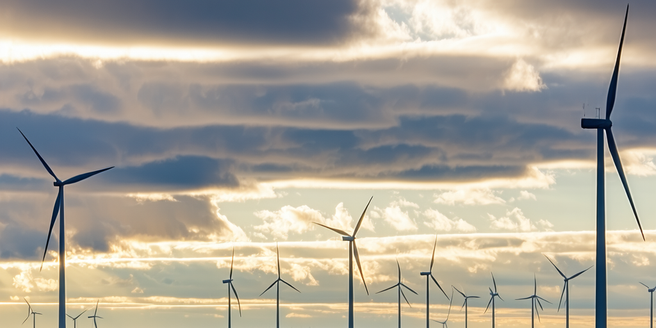
Understanding Wind Patterns Throughout the Year
Wind patterns are influenced by the Earth’s rotation, the distribution of land and water, and seasonal variations. Throughout the year, wind speeds and directions can vary significantly, influenced by factors such as temperature difference and atmospheric pressure changes. During winter, wind speeds tend to increase due to the greater temperature contrast between the poles and the equator, resulting in stronger pressure systems. Conversely, in summer, the temperature gradient lessens, leading to more stable wind patterns. Understanding these annual fluctuations helps in the strategic placement and operation of wind farms. Factors such as topography, local climate, and the Earth’s axial tilt must also be considered to predict the most efficient times for wind energy generation.
How Seasonal Variations Affect Wind Energy Production
Seasonal variations can significantly impact wind energy production. In winter, increased storm activity and higher wind speeds often result in greater energy output, whereas, in summer, calmer weather patterns may reduce production capabilities. This seasonal impact necessitates adjustments in energy management and grid integration strategies to maintain supply stability. Operators often rely on predictive analytics and historical data to plan for these fluctuations. Consequently, understanding seasonal variations aids in optimizing turbine performance and enhances the economic viability of wind energy projects. By aligning maintenance schedules with expected low-output periods, wind energy providers can maximize productivity and provide consistent energy supply year-round.
Technological Adaptations for Seasonal Wind Changes
Technological advancements play a critical role in adapting to seasonal wind changes. Modern wind turbines are designed with robust materials and advanced aerodynamics to handle varying wind speeds efficiently. Adjustable rotor blades and smart sensors enable turbines to capture optimal wind energy, even during volatile weather conditions. Additionally, energy storage technologies, such as battery systems, can compensate for seasonal production dips, ensuring a steady power supply. Innovations in predictive maintenance allow operators to anticipate and address technical issues before they escalate, reducing downtime during peak wind periods. By leveraging technology, the wind energy sector can better cope with the challenges posed by seasonal changes.
Economic Impacts of Seasonal Wind Fluctuations
Seasonal wind fluctuations have significant economic implications for the wind energy industry. During high wind seasons, energy output increases, generating higher revenue and potentially reducing energy costs. Conversely, during low wind periods, energy production can decrease, impacting profitability. This variability necessitates flexible financial strategies and risk management approaches. As a result, companies are increasingly investing in advanced forecasting technologies to better predict wind patterns and adjust operations accordingly. Energy contracts often incorporate clauses to address production variability and price fluctuations. Furthermore, investment in energy storage solutions and diversified energy portfolios can help mitigate the economic impacts of seasonal changes, promoting financial stability and maintaining investor confidence.
Environmental Considerations in Wind Energy and Seasons
Environmental considerations are crucial when assessing wind energy’s impact amidst seasonal changes. Wind farms must be strategically located to minimize their ecological footprint and coexist harmoniously with local wildlife. Seasonal migrations and breeding patterns of birds and bats necessitate careful site selection and turbine design to prevent disruptions. Additionally, variations in vegetation and soil moisture can influence wind patterns and should be factored into environmental assessments. Sustainable practices, such as habitat restoration and community engagement, are essential to address ecological concerns and promote environmental stewardship. By integrating these considerations, wind energy projects can contribute positively to biodiversity and ecosystem health.
Future Trends in Wind Energy Amidst Seasonal Shifts
The future of wind energy amidst seasonal shifts involves embracing new technologies and innovative practices. Continued advancements in turbine design and materials will enhance resilience against extreme weather events and optimize energy capture from variable winds. The integration of artificial intelligence and machine learning can further improve predictive capabilities and operational efficiency. Additionally, hybrid systems combining wind with solar or other renewable sources will provide complementary energy solutions. Policymakers and industry leaders are focusing on developing frameworks to accommodate fluctuating production and ensure grid stability. With these trends, the wind energy sector is set to become a pivotal player in sustainable energy systems, adapting adeptly to seasonal shifts.
